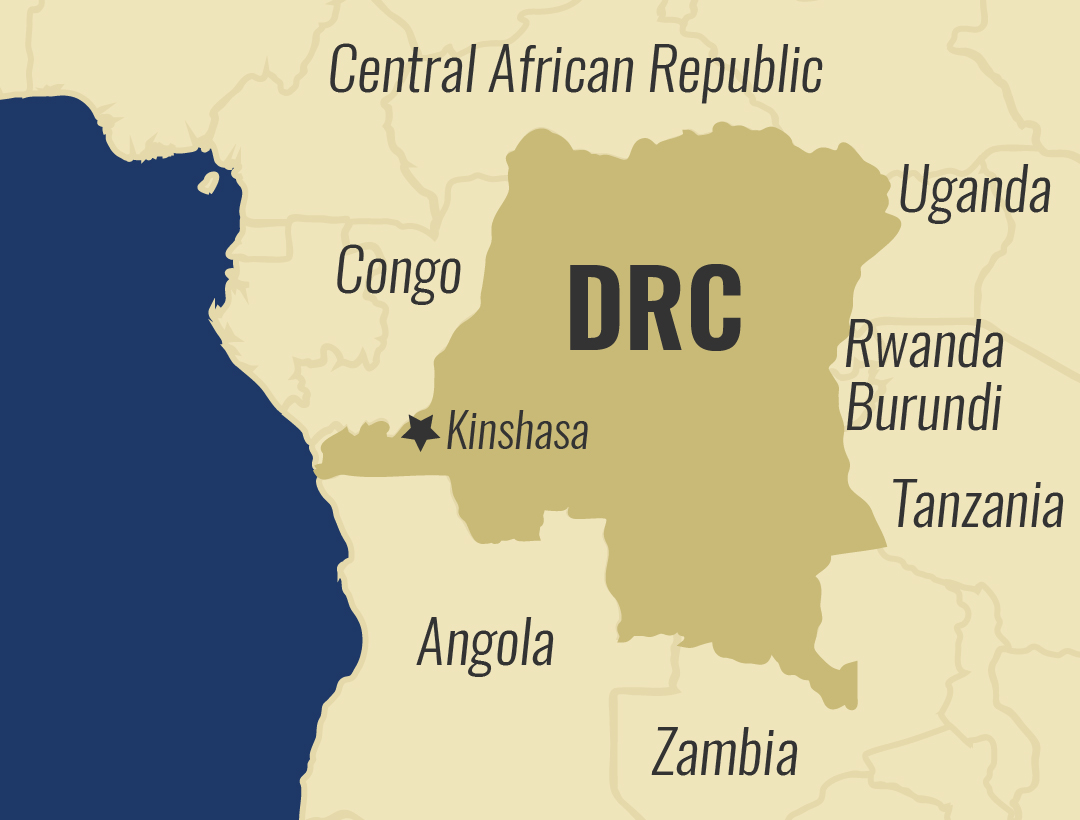Faces of Africa – Conquering Kilimanjaro – Part 2
Our team of journalists continue their journey in an attempt to conquer Africa’s highest mountain in Tanzania. They hope to reach the summit and ultimately explore the magical Northern Ice-field.

Throughout their climb the porters and guides have been heroic, carrying extremely heavy loads, and the team is blown away by what they can provide in fairly hostile conditions. They keep a tight schedule and they promptly supply great food, set up comfortable camps, and always with a smile.
“These guys are amazing. They are energetic, getting the job done. To be honest really, they are the heroes of the trip because without them, none of this would be possible,” tells Ramah.
Each porter carries twenty kilograms of food stuff throughout the journey.

But despite their job being extremely tough not all porters are looked after or paid well. Some earn as little as five dollars a day.
However, organizations such as the Kilimanjaro Porters Assistance Project exist and have made a real difference to the lives of these genuine heroes of the mountain. They try and ensure good conditions, equipment and pay for all porters.
“The money I get as a porter helps in my children’s education and in my construction,” tells one of the porters.
It’s the night before they attempt to get to the highest point in Africa. They are tired but the mood is one of hushed excitement as they near their goal.

“Tomorrow is D-Day after what feels like honestly a month of walking. We’ve got to gain a full kilometer in height, and it’s going to be cold, like really, really cold. I’ve never been in sub-zero temperatures before. My biggest fear is simple, it’s not making it up there,” tells Ramah.
Early the following morning, the team embarks on a slow going on shifting spree and they are all expecting the symptoms of altitude sickness to hit at any moment. Simon Mtuy, an endurance athlete and guide is cautiously optimistic.
“Everyone seems to have the spirit of moving forward and getting up to the top. It’s going to be a long day. Kilimanjaro is not a walk-about, it’s the mountain so people have to be very aware of the high altitude, it can take a life very quickly,” he tells.
“We’re at 18,000 feet. This is like 45 kilometers from where we started, 45 Kilometers! The air is thinner, its cold but you can breathe. We’re almost there,” Ramah asserts.

The team make their last push and right ahead they can see the sign marking the peak. Despite extreme exhaustion, they are determined to reach the peak.
“We’re at the highest point in Africa-on top of Mount Kilimanjaro. More often than not it’s about stuff like this, getting to the top and then taking a bunch of pictures and game over. But the truth of the matter is that there is so much more to this glorious mountain, it’s about time we explored it,” tells Ramah.
The Northern Icefield is the highest point in Africa and boasts of tantalizing snow and ice.
But the ice and snow is disappearing at an alarming rate due to rising temperatures and reduced precipitation.
The journey up Mount Kilimanjaro has been long, arduous and the team has gone through good and bad days. But what they have experienced and seen on the mountain will remain imprinted on their minds forever.

“It’s been an unmatchable experience exploring Kilimanjaro and the team has learnt a lot about the mountain and ourselves. We were lucky that our time up here coincided with higher than usual snow cover so we saw it as most don’t get the chance to,” tells Ramah.





